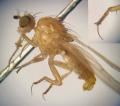Diptera.info :: Identification queries :: Diptera (adults)
|
Can't trust Philipomyia species IDs
|
|
| rafael_carbonell |
Posted on 15-07-2018 14:52
|
|
Member Location: Beuda, Girona, Catalonia Posts: 687 Joined: 23.03.06 |
I am trying to clarify the limits between both species, P. aprica and P. graeca and have nothing clear. Following Krcmar et al (2011) Horse flies key of Croatia who is based on Chvála et al. (1972) and also Portillo-Rubio (2002) Fauna Iberica Tabanidae Key, they use, for instance some characteristics which I found really ambiguous: - Antenna: All antenna seen from both species are orange or pale brown in the basal segment and dark in the apical ones. - Abdomen colour is brown with a black median line wihich is more or less narrow or wide.. I have not seen nothing written about a rate. There are a few pictures of what I would call authentic P. graeca, with the tooth pointing really forwards and very narrow black line on abdomen: Krcmar et al (2011) has some "good" graeca specimens: rafael_carbonell attached the following image: 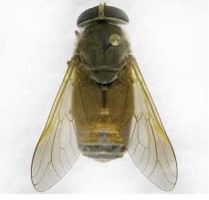 [8.98Kb] Edited by rafael_carbonell on 15-07-2018 14:59 |
|
|
|
| rafael_carbonell |
Posted on 15-07-2018 14:53
|
|
Member Location: Beuda, Girona, Catalonia Posts: 687 Joined: 23.03.06 |
Before female and now the male from Krcmar et al:
rafael_carbonell attached the following image: 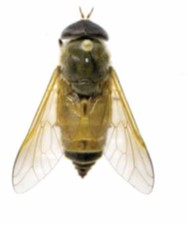 [6.64Kb] Edited by rafael_carbonell on 15-07-2018 14:57 |
|
|
|
| rafael_carbonell |
Posted on 15-07-2018 14:54
|
|
Member Location: Beuda, Girona, Catalonia Posts: 687 Joined: 23.03.06 |
This one from this site from Gerard Pennards
rafael_carbonell attached the following image: 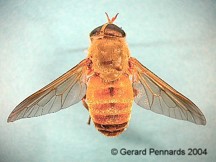 [11.27Kb] |
|
|
|
| rafael_carbonell |
Posted on 15-07-2018 14:58
|
|
Member Location: Beuda, Girona, Catalonia Posts: 687 Joined: 23.03.06 |
And a really pointing forward tooth (I don't know the source):
rafael_carbonell attached the following image: 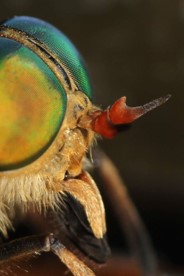 [12.53Kb] |
|
|
|
| Zeegers |
Posted on 21-07-2018 19:24
|
|
Member Location: Soest, NL Posts: 19213 Joined: 21.07.04 |
Last one seems 'clearly' aprica. Difference is difficult to formulate exactly and Leclercq indeed considered bith forms conspecific. Graeca is much more golden, antenna nearly completely orange in in lateral view antenna segment 3 much broader. All relztive to aprica. Moreover, both species hardly (if ever) overlap in distribution: aprica is in the mountians, graeca much more confined to warm lowlands. For instance: any Philipomyia from Asturias is bound to be aprica. Theo |
|
|
|
| rafael_carbonell |
Posted on 21-07-2018 21:44
|
|
Member Location: Beuda, Girona, Catalonia Posts: 687 Joined: 23.03.06 |
3rd antennal segment with large pointed dorsal tooth, directed forward, orange-yellow in color. (graeca)
rafael_carbonell attached the following image:  [18.64Kb] |
|
|
|
| rafael_carbonell |
Posted on 21-07-2018 21:44
|
|
Member Location: Beuda, Girona, Catalonia Posts: 687 Joined: 23.03.06 |
3rd antennal segment is dark reddish-brown with small rectangular dorsal tooth, not directly directed forward. (aprica)
rafael_carbonell attached the following image: 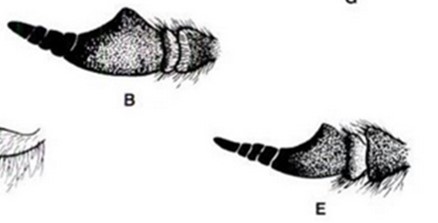 [13.62Kb] |
|
|
|
| rafael_carbonell |
Posted on 21-07-2018 21:47
|
|
Member Location: Beuda, Girona, Catalonia Posts: 687 Joined: 23.03.06 |
And this picture I was asked to name, it made me think... What's your opinion? Thanks rafael_carbonell attached the following image: 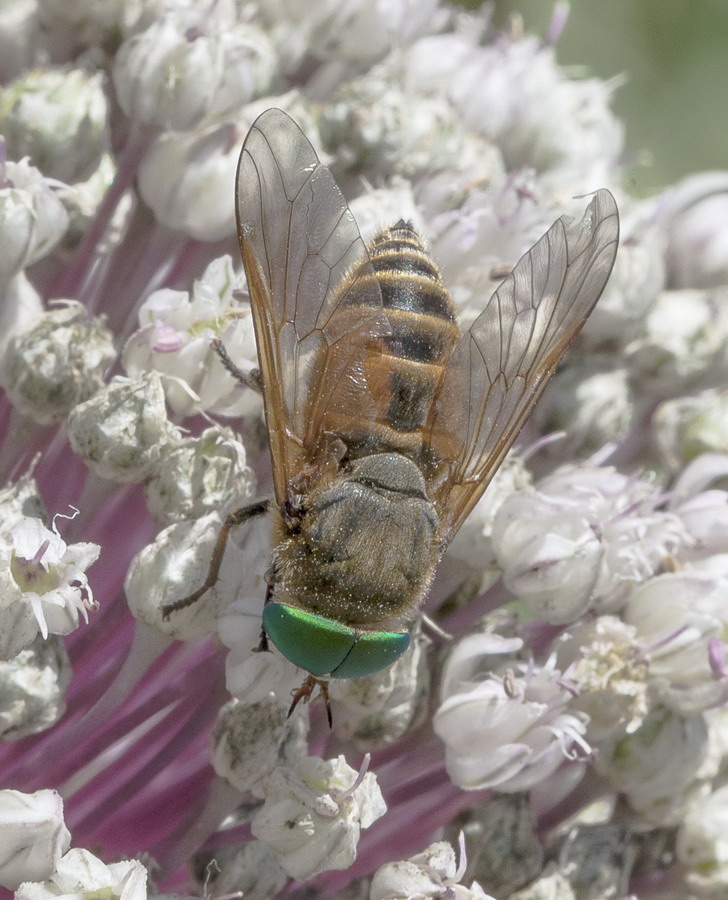 [187.27Kb] Edited by rafael_carbonell on 21-07-2018 21:49 |
|
|
|
| Zeegers |
Posted on 22-07-2018 07:43
|
|
Member Location: Soest, NL Posts: 19213 Joined: 21.07.04 |
Definitely aprica, no doubt. Much too dark for graeca. note that it is a male. In males antennae are more slender, and therefore the dorsal tooth is relatively more prominent. So compare males only with males ! Theo |
|
|
|
| rafael_carbonell |
Posted on 25-01-2023 19:42
|
|
Member Location: Beuda, Girona, Catalonia Posts: 687 Joined: 23.03.06 |
Ok |
|
|
|
| Jump to Forum: |


